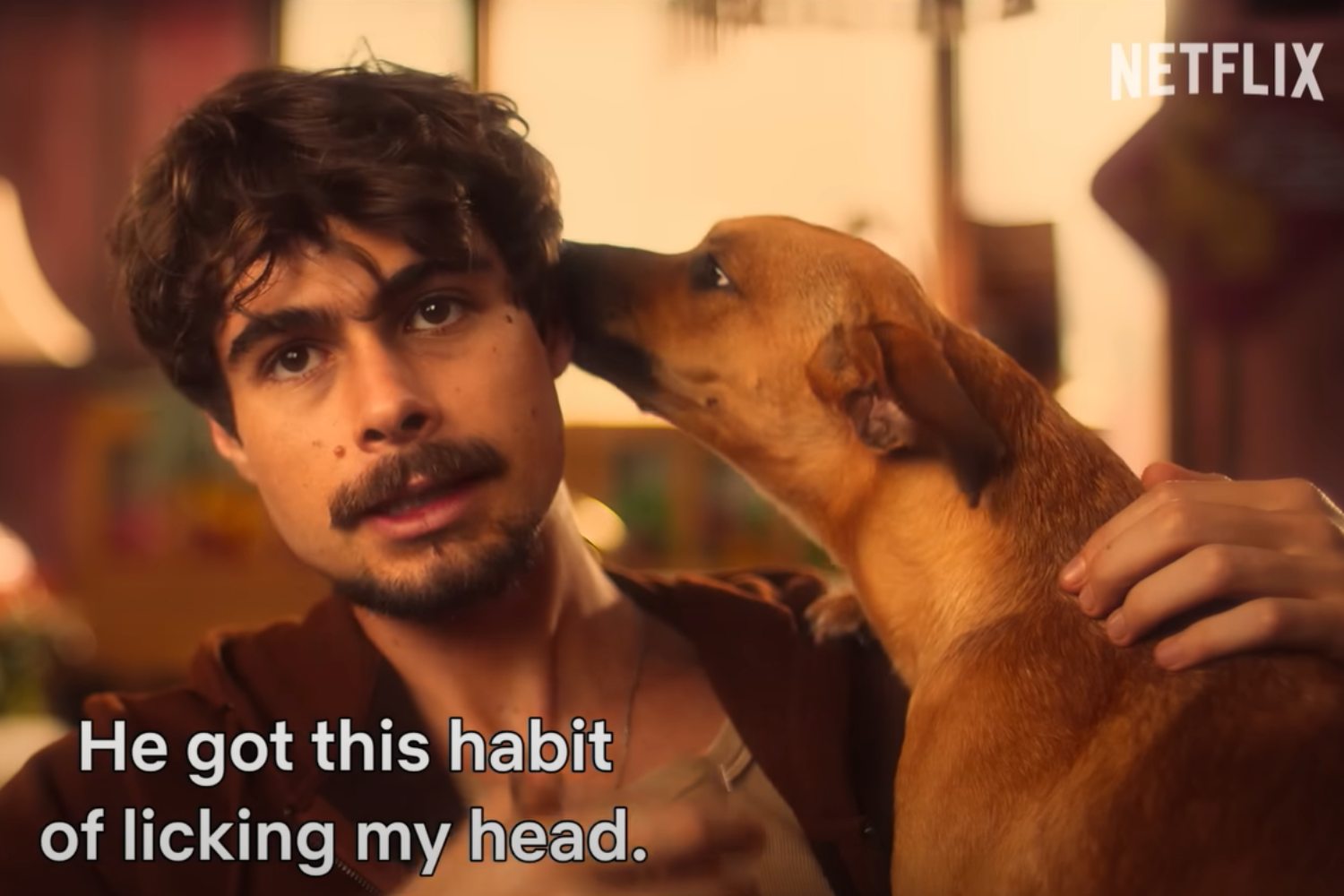The film "Caramelo" on Netflix tells the true story of Amendoim, a mixed-breed dog who became a pop icon of Brazil and a symbol of hope, irony, and rebirth

Table of contents
There’s a Brazil that isn’t told through championships or Carnival parades, but on the sun-baked sidewalks of São Paulo. It’s there that Amendoim is born, the mixed-breed dog protagonist of Caramelo, the new Netflix film directed by Diego Freitas. A story that starts from nothing and reaches everywhere, transforming a stray into a national symbol.
With Caramelo, Freitas has created a film that blends intimacy, realism, and poetry. But behind the movie isn’t just a story of friendship between a man and a dog: there’s a cultural phenomenon. The “vira-lata caramelo,” the mixed-breed dog with a honey-colored coat, has become in recent years an icon of resilience and popular irony. It all started in 2019, when the internet transformed it into a viral meme with the caption: “This represents Brazil more than soccer or samba.” Since then, it’s been a mascot, hero, and even a proposal for national currency.
A film without rhetoric: tenderness as language
In this context, Freitas builds a sober yet powerful story, where human fragility and animal sweetness merge in a journey of rebirth. The protagonist, Pedro (played by Rafael Vitti), is a young chef forced to stop after a sudden diagnosis. When he meets Caramelo, a stray dog who seems to carry all the world’s melancholy, a slow rediscovery of life’s meaning begins for him. The spark to start again after a devastating diagnosis.
Freitas avoids the sentimentalism that often accompanies films with animals. Caramelo doesn’t move through manipulation, but through authenticity. The story moves on minimal tones, with a delicate and contemplative rhythm, where every gesture, every silence, every glance becomes meaningful. The director doesn’t humanize the dog, but lets the natural presence of Amendoim (the real name of the animal actor) fill the screen.
The editing by Lucas Gonzaga alternates realistic moments with almost poetic interludes: Pedro cooking, the dog watching him, the city flowing slowly around them. Scenes that seem to stop time, revealing a vulnerable but alive Brazil, where everyday life transforms into emotional language.
Between national myth and auteur cinema
Since its Netflix debut on October 8, 2025, the film has entered the global Top 10, climbing to second place in Italy. But the film’s success is also the success of its four-legged protagonist. Amendoim, the “caramelo” dog actually adopted during filming, is now a social media celebrity, with over 150,000 followers and campaigns for responsible adoption. His image has become a metaphor for contemporary Brazil, a country that – just like him – has learned to survive with grace despite its wounds.
Visually, Caramelo is a film built on warm tones and soft lighting, thanks to the cinematography of Pedro Farkas, who favors the intimate nuances of kitchens and suburban courtyards. The soundtrack by Plinio Profeta, discreet and melancholic, accompanies without invading, transforming the film into a sensory rather than narrative experience.
The praise of slowness in a world that rushes
In the end, Caramelo isn’t just the story of a man and his dog, but a reflection on vulnerability and the toxic efficiency of the present. Pedro’s illness becomes a pretext to question the idea of productivity and success, showing that strength isn’t in doing, but in feeling.
Freitas thus signs a delicate yet political film, capable of speaking about identity, love, and survival without ever falling into rhetoric. Caramelo is, ultimately, a hymn to everyday resilience: that of a man, a dog, and an entire country that, despite everything, continues to find beauty in its own scars.
